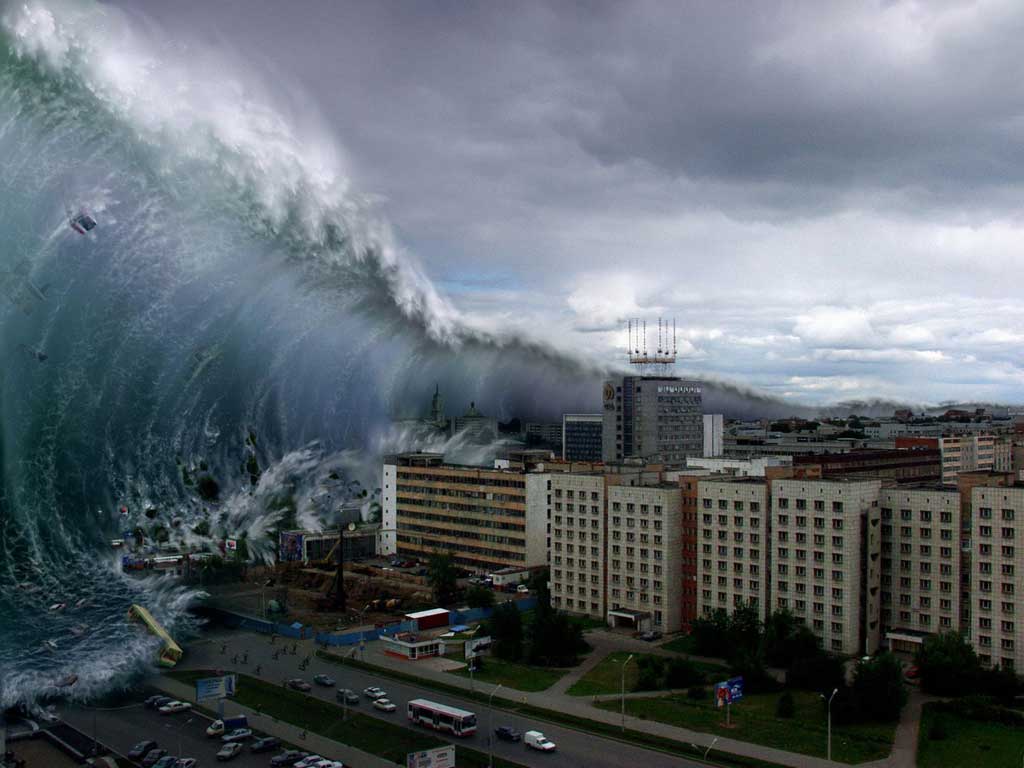The financial catastrophe of 2007-08 has caused a few people to change their minds about Wall Street—too few, in the eyes of many critics. But no transformation is more dramatic or complete than that of Sanford I. Weill, the founder of Citigroup who once proudly hung a sign in his office that read: “The Shatterer of Glass-Steagall.”
On Wednesday, Weill appeared to undergo the Wall Street equivalent of a conversion on the road to Damascus, renouncing the views on which he had built his entire career. It was Weill, known as the premier deal-maker on Wall Street, who more than a decade ago turned Citigroup into a giant financial supermarket, a mega-bank that grew so complex its own executives later confessed they no longer understood the businesses they oversaw. It was Weill who hired former Treasury Secretary Robert Rubin in 1999 to ensure that the Glass-Steagall Act, which separated investment from commercial banking, would be repealed by Congress later that year. As Weill wrote later in his memoir, The Real Deal, having Rubin on board “translated into a highly visible public endorsement.”
Now Weill thinks the Street should go in the opposite direction – away from “too much concentration” – in order to maintain America’s lead in the world of finance. “What we should probably do is go and split up investment banking from banking, have banks be deposit takers, have banks make commercial loans and real estate loans, have banks do something that’s not going to risk the taxpayer dollars, that’s not too big to fail,” Weill told CNBC’s “Squawk Box.”
Weill is only the latest voice to come out against the “too-big-to-fail” problem in banking in recent weeks, a trend that has been quickened by the ongoing scandal over revelations that the big global banks had manipulated Libor—the London Interbank Offered Rate, a central benchmark that banks use to set rates for lending to each other.
In the Financial Times, columnist Sebastian Mallaby, invoking the trust-busting era of Teddy Roosevelt, wrote recently that the scandal shows that "modern banks are worse than the rail and oil conglomerates of yesteryear … They must be broken up.”
Similar sentiments have been rising on the right as well as the left. “A relatively open secret on Wall Street is that the megabanks that survived the financial crisis — JP Morgan, Citigroup, Bank of America, Goldman Sachs, Morgan Stanley, and Wells Fargo — are still very much protected by the federal government and the American taxpayer,” Charles Gasparino wrote in the right-leaning New York Post on Tuesday.
In the neoconservative Weekly Standard, Irwin Stelzer asked why Mitt Romney, who knows the issues as well as anyone because he ran Bain Capital, isn't calling for breakup of the banks himself. "They are too big to fail, and too complicated to regulate. So where is he when economists say that the better alternative is not more of the failed policies of the Obama years—regulating the unregulatable, bailing out when all else fails —but breaking up the big banks? Not for vulgar populist reasons, but to improve the functioning of the capital markets."
The issue is potentially embarrassing for President Obama and his Treasury secretary, Tim Geithner, who has consistently held out against the breakup of the banks. On Wednesday, Geithner began defending himself in congressional testimony against accusations that he did not do enough to stop the manipulation of Libor when he was head of the Federal Reserve Bank of New York.
What worries regulators is that the trends plainly show that the big banks are getting bigger, and there is little to restrain them, beyond a host of as-yet-unwritten "living wills" that are supposed to tell regulators how to liquidate the giant firms in a crisis. And the largest surviving banks are beginning to push out smaller banks in important areas, having increased their overall market shares in deposits, mortgages, credit cards, home-equity loans, and small-business loans.
As a result, the big Wall Street firms are only getting harder to unwind in a crisis, harder to comprehend, and as former TARP inspector general Neil Barofsky told National Journal on Monday, harder to bring to justice, no matter what all the new Dodd-Frank rules say. “This goes to the bigger problem of too-big-to-fail,” Barofsky said. “Because you can’t indict one of these banks. You can’t bring an indictment that would bring down our entire financial system.”
According to Federal Reserve officials quoted by Bloomberg last spring, five banks – JPMorgan Chase, Citigroup, Bank of America, Wells Fargo, and Goldman Sachs – now hold assets equal to more than half the size of the entire U.S. economy ($8.5 trillion or 56 percent). That's vastly larger than the proportion controlled by these same banks before the financial crisis (43 percent). The banking behemoths are now about twice as big as they were a decade ago.
The Dodd-Frank law was signed two years ago this week, prompting President Obama to declare at the time: “No longer will we have companies that are, quote unquote, too big to fail.” But the trends have gone the opposite way in the ensuing period. In fact, the positions of the five banks most central to the crisis have been consolidated, said a former Treasury official who opposed many provisions of Dodd-Frank.
Perhaps the biggest irony, he said, is that in an era when regulators wanted to get rid of government-sponsored enterprises – such as Fannie Mae and Freddie Mac, the huge lending institutions that had built-in government guarantees, no matter how risky their behavior – the new rules may have effectively created more of them.

No comments:
Post a Comment